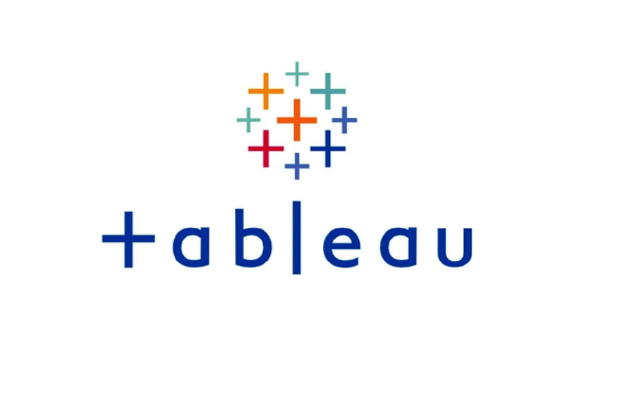Features-Tableau Data Visualization Business Intelligence Tool

Tableau was created and is supported by Salesforce, which is a wide-ranging business intelligence tool for data visualization and analytics. Salesforce Tableau is the commonly used name for this tool. It is the feature of it that enables us to connect with any data sources and produce the interactive and shareable dashboards that help understand our data deeper. There are various Business Intelligence tools used in transforming unprocessed data into usable information. These tools are used on this end to give a decision-making edge. Tableau is the most powerful data visualization tool, in this article I’ll showcase some of the features utilized in software companies by the software developers, if needed you can refer the Tableau developer program.
1. Data Connection
Tableau is capable of hooking to lots of data sources, such as databases, spreadsheets, cloud services, and so forth. It supports live connections as well as data extracts that are responsible for both a higher efficiency level and the ability to connect to and analyze data from different platforms.
2. Data Visualization Through Intuitive Interface
Tableau users will find the interface that allows creating interactive visuals, for example, charts, graphs, maps, and dashboards through drag and drop easy to operate. The users are able to search and scrutinize data via joining the lines and symbols. In this social age where everyone is connected through Internet, large amounts of data is generated every day, so it is important to find ways to make sense of it. The visualization does not require any coding and technical skills to create it which makes it accessible to other users.
3. Interactivity Through Dashboards
The Tableau dashboard offers us a chance to bring together our visualizations from different sources and see them in one simple picture. An engaging experience is facilitated by interactivity as users can narrow down, magnify, and browse in the data. The end-users can develop the dashboards and reports that are not only tailored to the purpose of data analysis, but also appealing to the stakeholders’ attention. Users can browse each data item and interact with it dynamically.
4. Data Blending and Real Time Analysis
The ability to both connect different available data sources easily as well as to conduct multiple data analysis joined from multiple datasets facilitate a holistic approach. Moreover, with Tableau users can communicate in real-time, thus, providing users with the opportunity to query live data sources and bring the visualizations to the new data when it appears.
5. Sharing and Collaboration
Users of the Tableau software have a kind of embed sharing feature for that they can share their visualizations and dashboards on other platforms. Tableau workbooks can be published in different ways, namely on Tableau Server, Tableau Online and Tableau Public, the latter being a free web-based platform for illustrating big data, making visualization and sharing it with wider audience. Teamwork functionalities give an opportunity for the members to manage tasks in a collaborative manner.
6. Advanced Analytics
Tableau supports advanced analytics through integration with data science programming languages and machine learning programming languages such as R and Python. Calculations and scripting can be applied to enhance the depth of analysis.
7. Data Preparation and Customization
Tableau encompasses abilities to clean, shape, and pre-process data analysis, which is otherwise time-consuming and overlapping process. Tableau has the ability to personalize the data visualization to your desired form whilst using the appearance and formatting customization options.
8. Security and Scalability
Tableau integrates with a Security feature to control access to data and dashboards hence preventing wrong hands from getting the sensitive data. This acceptability for all kinds of organizations such as small businesses and large corporations explains the spread of Tableau. It has capability to deal with big data, such as giant data sets and complex data analysis cases.
9. Mobile Compatibility
Tableau dashboards have the responsiveness feature and they can be viewed in several devices such as computer, mobile phone or tablets by using various screen sizes.
10. Community and Support
The Tableau user community is supportive and actively share their knowledge, tips and resources too. The platform has also developed materials, training and support resources.
Generally, Tableau stands out as an efficient tool to produce charts and graphs from the raw data details. It provides an easy to use interface, organizational flexibility, and it dramatically turns the raw data into grasping insights. Many businesses choose it for business intelligence, reporting, and decision-making because it’s powerfully applicable for that purpose.
Image credit- Canva
Discover more from Newskart
Subscribe to get the latest posts sent to your email.


[…] Tableau is the business intelligence tool and analytics software which is used for data visualization and works as business intelligence platform. Its key features include interactive dashboards, real-time analytics, and extensive data connectivity. […]